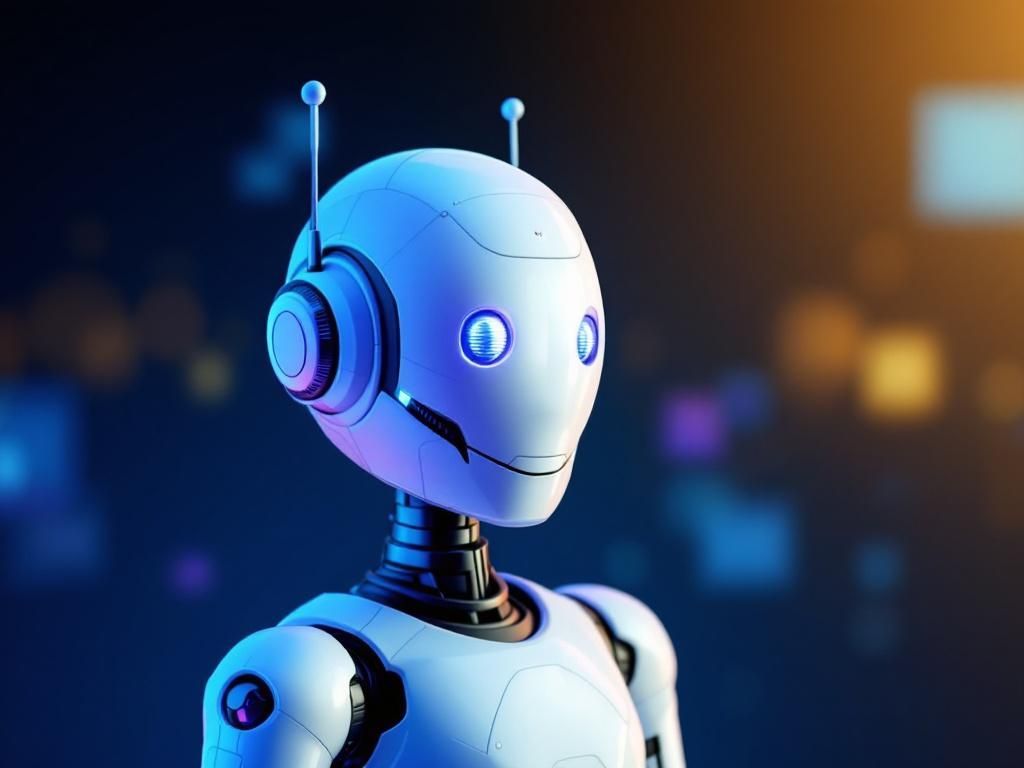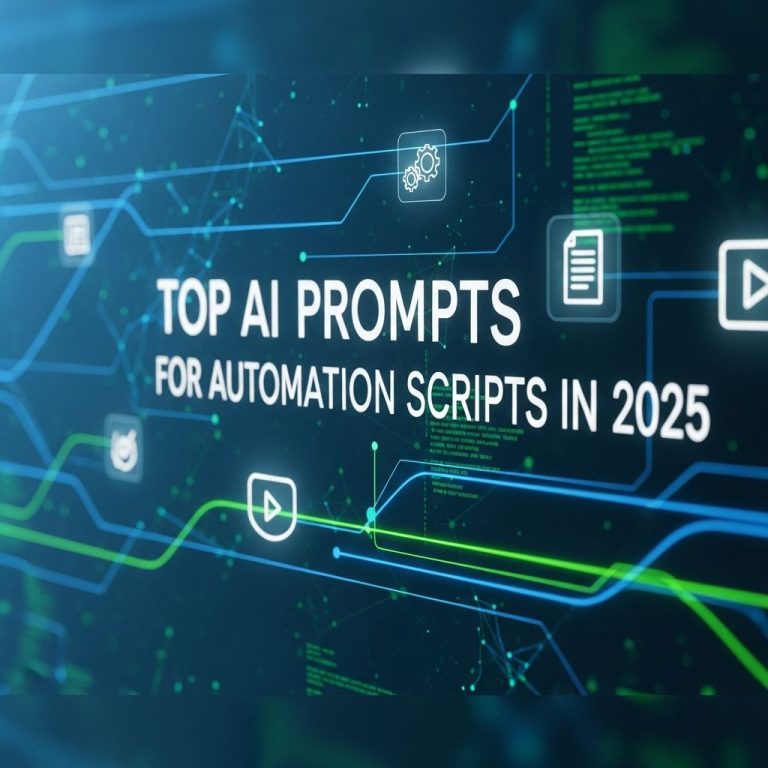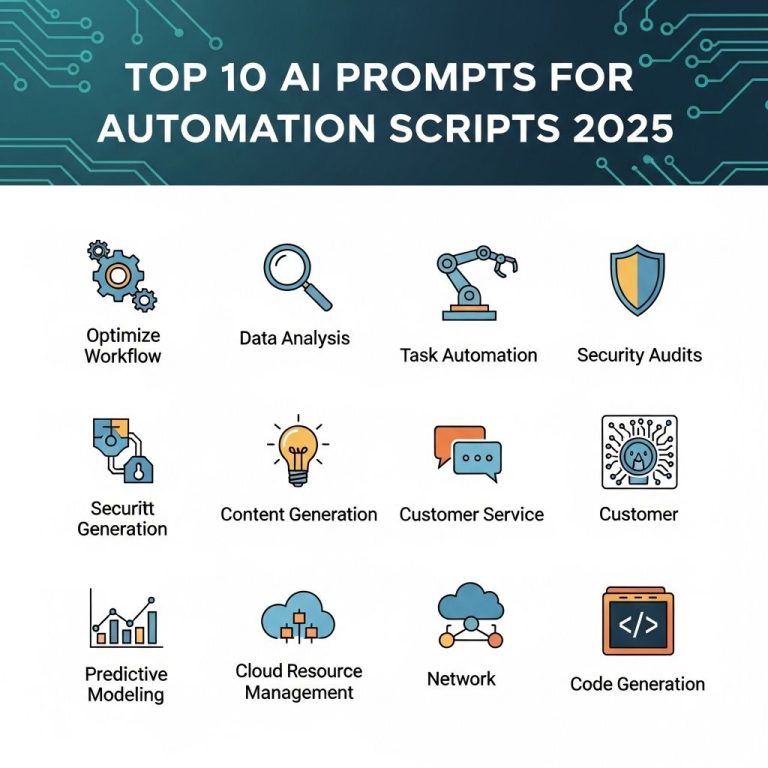As businesses increasingly operate on a global scale, the demand for multilingual support in AI chatbots has surged. Companies want to engage customers in their preferred languages, enhancing user experience and boosting satisfaction. The challenge lies in selecting the right framework to build a chatbot that not only understands multiple languages but also provides contextually relevant responses. In this article, we’ll explore some of the leading AI chatbot frameworks for multilingual support in 2025, discussing their features, advantages, and potential use cases.
Understanding Multilingual Chatbots
Multilingual chatbots are AI-driven conversational agents capable of understanding and processing user inputs in various languages. They can assist businesses in:
- Improving customer engagement across different languages.
- Reducing response times and increasing efficiency.
- Providing consistent branding and messaging globally.
To build effective multilingual chatbots, frameworks must incorporate advanced natural language processing (NLP) capabilities, translation services, and easy integration with existing systems.
Why Choose a Robust Framework?
Choosing the right framework is crucial for the performance and scalability of your chatbot. A robust framework allows for:
- Seamless language integration.
- Support for multiple NLP models.
- Customizable templates for various languages.
Here are some of the top AI chatbot frameworks for 2025 that excel in multilingual capabilities:
1. Google Dialogflow
Google Dialogflow remains a popular choice due to its powerful NLP capabilities and integration with Google’s Cloud services. It supports over 20 languages, making it a great option for companies looking to engage with a diverse customer base.
Key Features:
- Natural Language Understanding (NLU) for accurate intent recognition.
- Built-in translation for dynamic language switching.
- Integration with Google Assistant, making deployment easier.
Use Cases:
Ideal for customer support bots, travel booking, and e-commerce platforms.
2. Microsoft Bot Framework
Microsoft Bot Framework is another highly regarded platform that supports multilingual chatbots. Its integration with Azure Cognitive Services enhances linguistic capabilities, allowing for better understanding of user intents and context.
Key Features:
- Supports over 50 languages through Azure’s translation services.
- Robust SDK for building custom solutions.
- Comprehensive analytics for monitoring bot performance.
Use Cases:
Best suited for enterprise applications, customer service automation, and collaboration tools.
3. Rasa
For developers looking for an open-source solution, Rasa offers a flexible framework for building contextual chatbots. Its strong emphasis on machine learning allows for creating highly customized multilingual bots.
Key Features:
- Customizable dialogue management and NLU pipelines.
- Local hosting options for enhanced privacy.
- Active community support for troubleshooting and enhancements.
Use Cases:
Effective for healthcare, finance, and other industries requiring strict data privacy.
4. IBM Watson Assistant
IBM Watson Assistant leverages the power of AI to provide an advanced framework for building multilingual chatbots. Its ability to integrate with various platforms makes it a versatile tool for businesses.
Key Features:
- Support for over 13 languages with real-time translation.
- Dialog design capabilities for creating conversational flows.
- Customizable intents and entities for diverse needs.
Use Cases:
Ideal for retail, telecommunications, and logistics industries.
5. Botpress
Botpress is another open-source platform that focuses on building high-quality chatbots with an emphasis on multilingual support. Its user-friendly interface makes it accessible for developers and non-developers alike.
Key Features:
- Modular design for easy customization.
- Advanced NLU capabilities powered by machine learning.
- Integration with a wide range of messaging channels.
Use Cases:
Best for small to medium-sized businesses looking for cost-effective solutions.
Comparative Analysis Table
| Framework | Language Support | Integration | Customization |
|---|---|---|---|
| Google Dialogflow | 20+ | Google Services | High |
| Microsoft Bot Framework | 50+ | Azure Services | High |
| Rasa | Customizable | Open Source | Very High |
| IBM Watson Assistant | 13+ | Various | Medium |
| Botpress | Customizable | Various | High |
Choosing the Right Framework for Your Needs
When choosing a framework for your multilingual chatbot, consider the following factors:
- Business Goals: Define what you want to achieve with your chatbot.
- Target Audience: Understand the languages and preferences of your user base.
- Technical Expertise: Assess your team’s capabilities in handling advanced frameworks.
Future Trends in Multilingual Chatbots
The landscape of multilingual chatbots is expected to evolve rapidly. Key trends to watch include:
- Increased use of AI ethics to ensure unbiased language processing.
- Advancements in machine translation for improved accuracy.
- Greater emphasis on user personalization and contextual understanding.
As AI technology continues to advance, businesses that leverage these multilingual chatbot frameworks will have a competitive edge in providing exceptional customer experiences.
Conclusion
In conclusion, selecting the right AI chatbot framework for multilingual support is critical for organizations looking to enhance customer engagement globally. With options like Google Dialogflow, Microsoft Bot Framework, Rasa, IBM Watson Assistant, and Botpress, companies can find the perfect tool that aligns with their needs and objectives. By investing in the right technology, businesses can ensure they meet the diverse communication demands of their international audience.
FAQ
What are the best AI chatbot frameworks for multilingual support in 2025?
As of 2025, some of the top AI chatbot frameworks for multilingual support include Google Dialogflow, Microsoft Bot Framework, Rasa, IBM Watson Assistant, and Botpress.
How do multilingual chatbots enhance customer experience?
Multilingual chatbots improve customer experience by providing personalized communication in the user’s preferred language, thereby increasing engagement and satisfaction.
What features should I look for in a multilingual chatbot framework?
Key features to look for include language detection, translation capabilities, support for multiple languages, and the ability to handle cultural nuances.
Can I train my chatbot to understand specific dialects?
Yes, many advanced chatbot frameworks allow you to train your bot to recognize and respond to specific dialects and regional variations of languages.
Are there any challenges with implementing multilingual chatbots?
Challenges include managing translations accurately, ensuring cultural relevance, and maintaining consistent responses across different languages.
What industries benefit the most from multilingual chatbots?
Industries such as e-commerce, travel, customer service, and healthcare greatly benefit from multilingual chatbots due to their diverse customer base.




